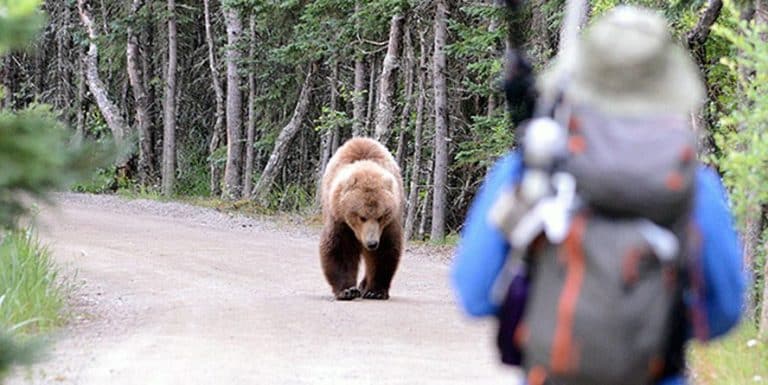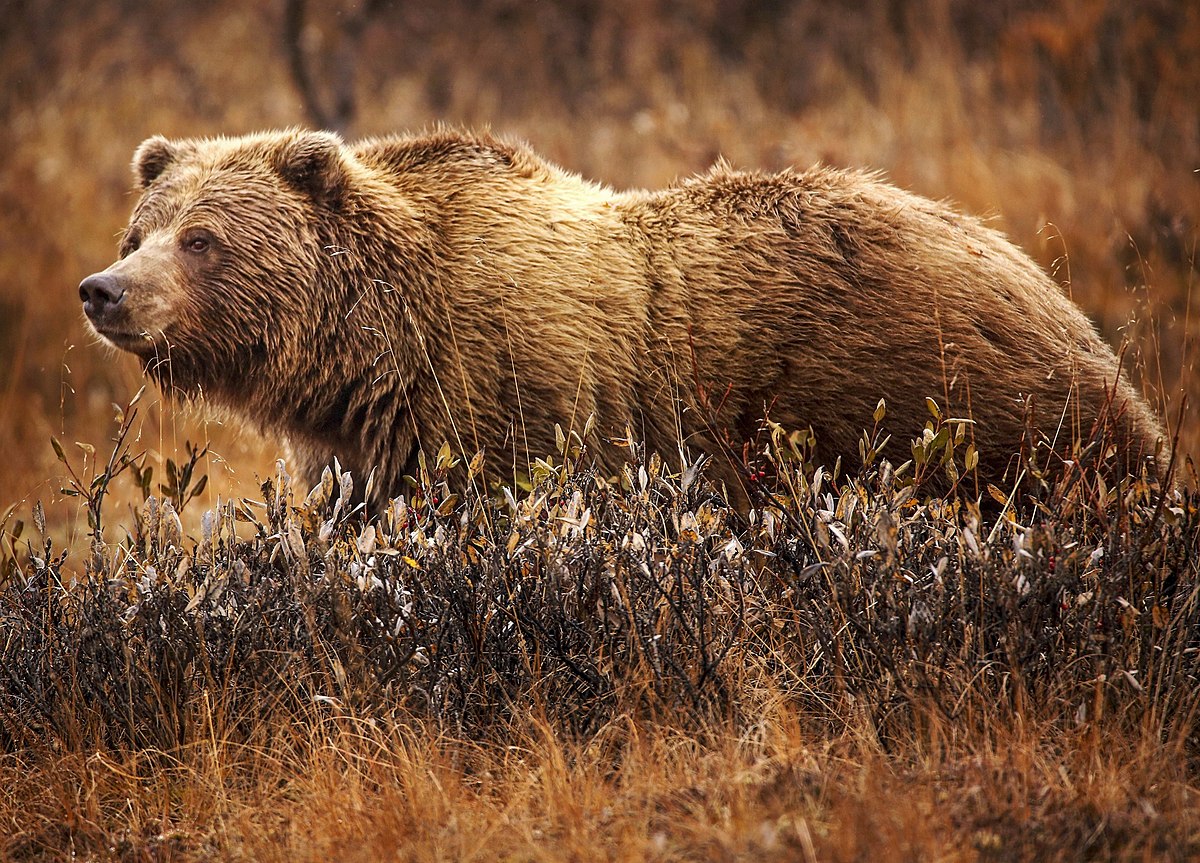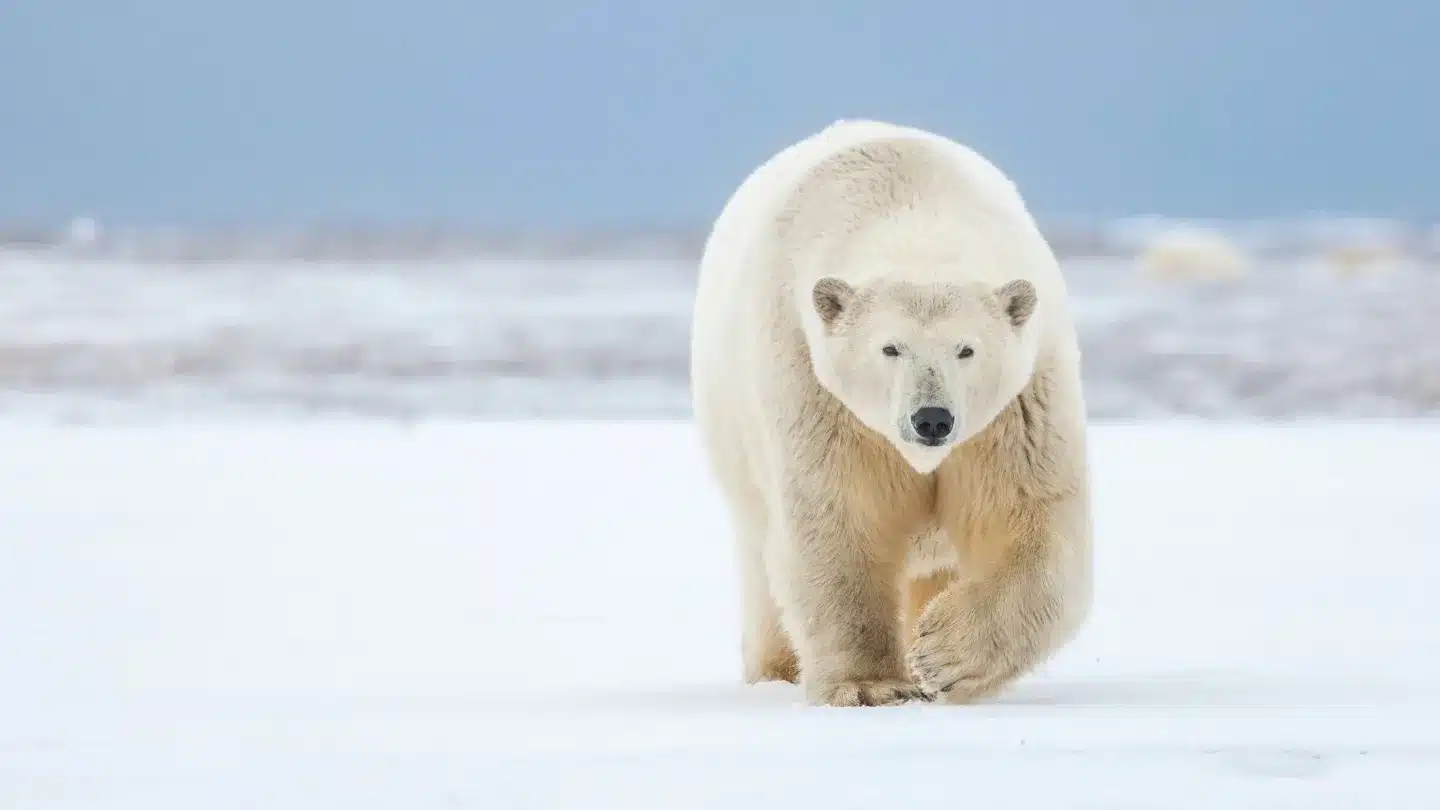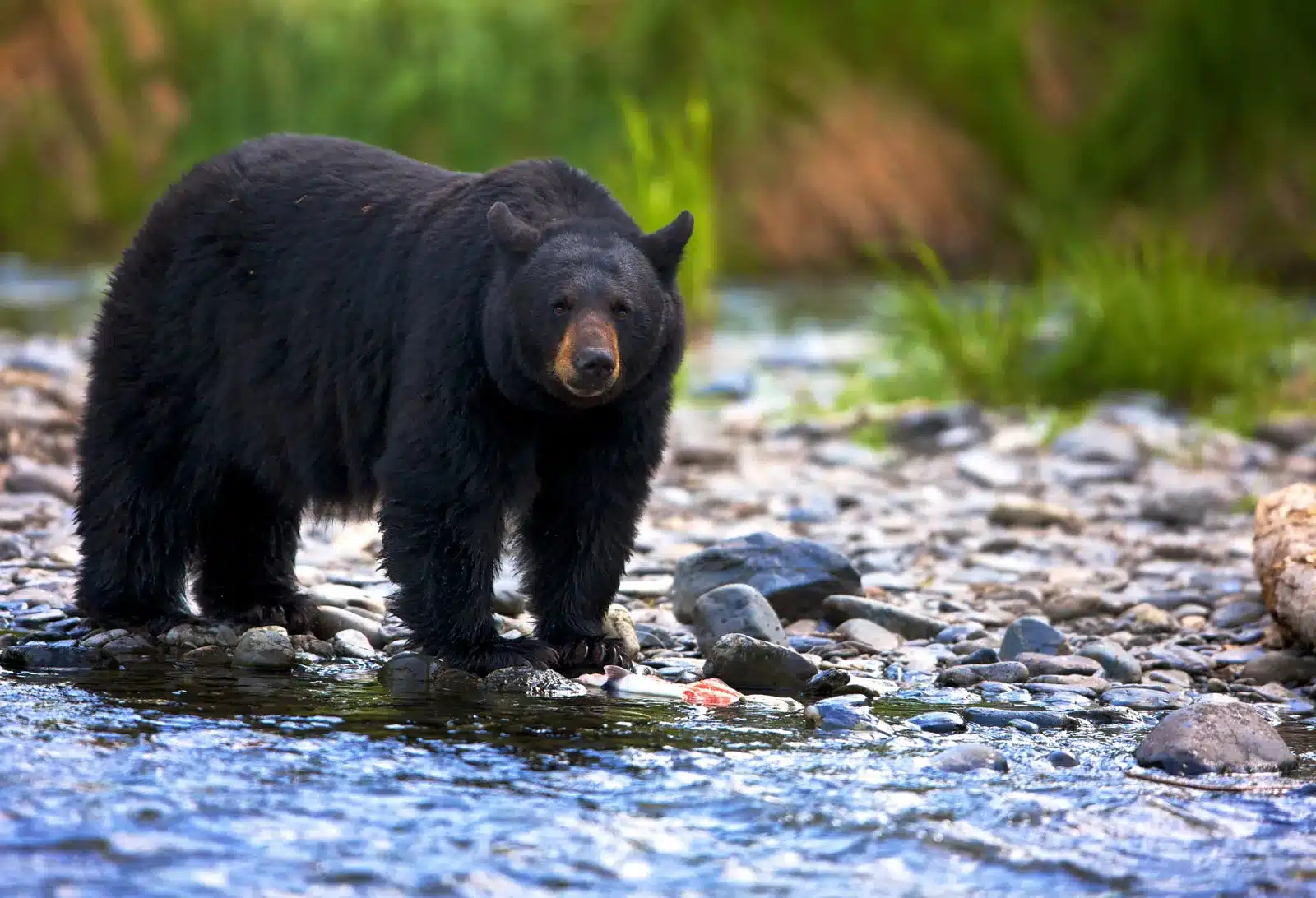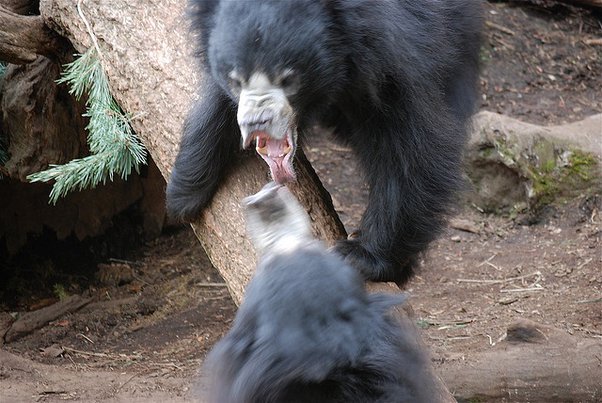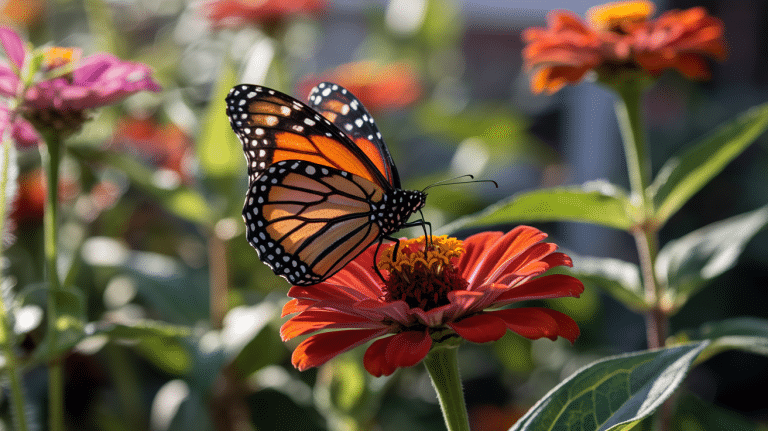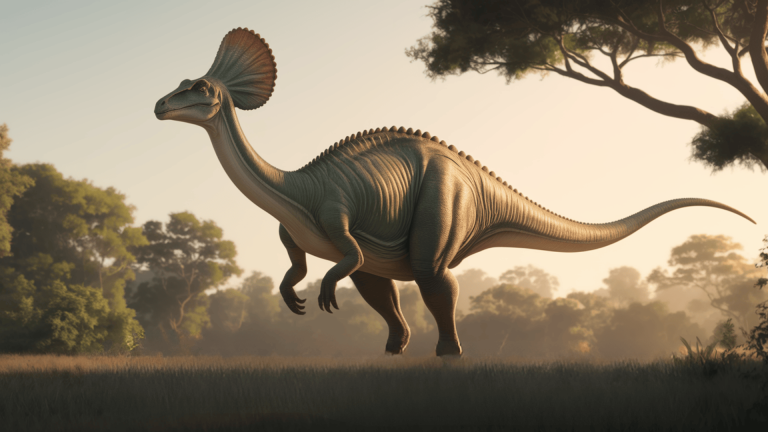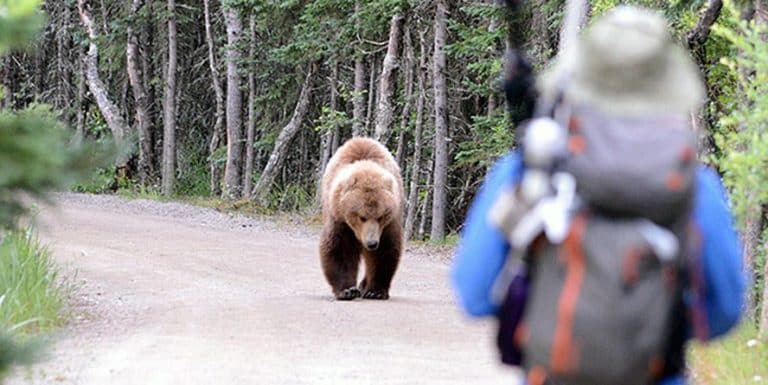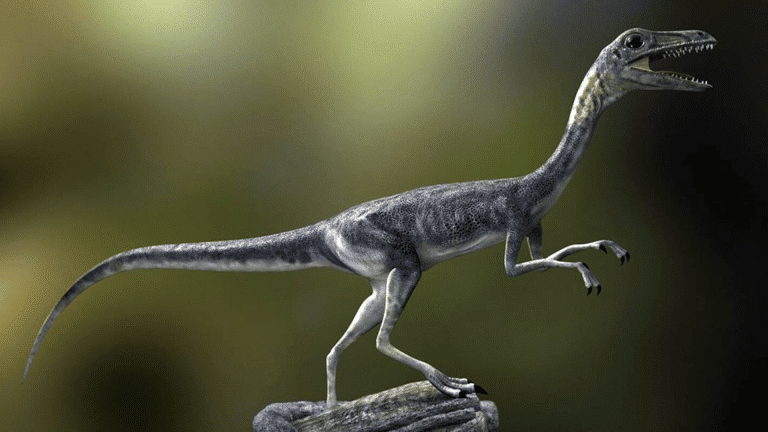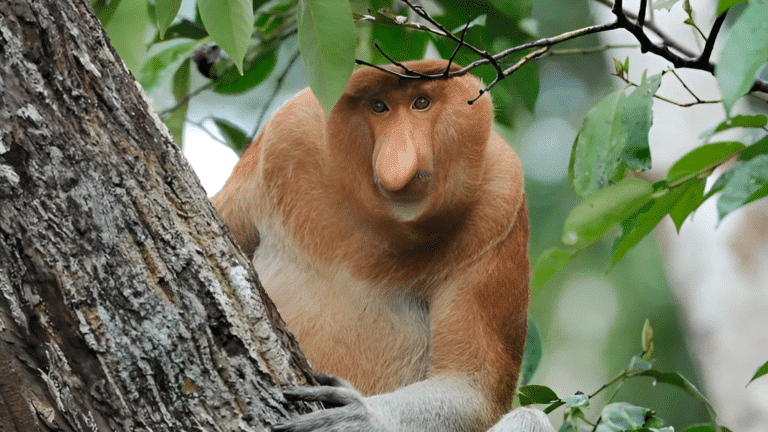Bears, especially pandas, are considered to be the cutest animals. We make bear jokes for the kids when they are very notorious and sleep all the time.
Bears love to play and stroll around and are known as peace lovers. However, they do not shy away from attacking the suspect when they find themselves endangered.
There have been instances of attacks by bears, which rarely turn into fatal attacks and seldom into deaths.
But, even then, the count averages to 39.6 attacks per year globally. Which means you have a 0.02% chance of being attacked by a bear.
But what are the insights of it, and how many cases are related to the bear attacks?
In this article, we shall try to figure out the aspects of bear attacks in detail.
General Facts About Bear Attacks
You must have heard about the jokes around these wild beasts, mostly through the wild collection of bear jokes for kids.
However, the story of their ferocious attacks is also widely popular.
Before we detail the story of the attacks by the bear, here are a few facts about the bears and the associated attacks.
- Offensive bear attacks are very rare.
- 40 bear attacks on humans worldwide every year.
- One fatal black bear attack per year in the US.
- There is almost 1 in 2.1 Million chances of being attacked by a bear.
- 48 fatal bear attacks in North America from 2000.
- There have been no reports of bear attacks in California since 1986.
- Most Polar Bear attacks happen in July and December.
- Bears attack mostly to protect their young ones.
Grizzly Bear Attacks
Grizzly bears are the most aggressive of all. Their claws are 2-4 inches longer than the other bears. They bite with a force of over 1,200 PSI.
The study shows roughly 44 grizzly bear attacks occur worldwide each year.
Their research shows data from 2000 to 2015 indicating 664 grizzly bear attacks across North America, Europe, and Eastern Asia.
Most of these attacks involved female bears trying to protect their cubs from danger.
This number seems to rise with increased tourists in their habitat areas.
But, as per the Interagency Grizzly Bear Study Team, the increase in attacks from bears does not indicate the bears are becoming more aggressive.
Rather, it indicates the increase in the population of bears worldwide and the increased recreational activities of humans in those areas.
Polar Bear Attacks
From 1960 to 2009, 47 polar bear attacks have been recorded. However, from 2010 to 2015, 15 polar bear attacks have been recorded.
Also, a maximum of these attacks have been recorded in July and December, when the sea ice is lowest in the Arctic.
These trends indicate that bear attacks will only increase with global warming since the Arctic ice will be affected.
This means humans must be cautious and watch their actions to be safe from these bear attacks.
Since the tension between bears and humans has increased, officials are working to find management solutions for harmonious living.
Black Bear Attacks
Black bears are rather shy and live by themselves. They avoid recognition and hide away from the eyes of humans.
Thus, humans are safe regarding black bears, with records of only 1 fatal black bear attack per year.
However, you may find black bears around campgrounds rummaging through trash bins and foraging for food.
But, be rest assured they will do you no harm. That is, until they feel threatened around you by any of your vigorous activity.
Sloth Bear of Mysore
Sloth bears are known for their excitable behavior. But they are also unpredictable.
The locals of India and Burma fear sloth bears more than tigers.
While bears generally attack one or two people at a time, this one, ‘Sloth Bear of Mysore,’ is known to attack a group at once. It has killed 12 people and mutilated 24 others.
Between 1989 and 1994, sloth bears accounted for 48 human deaths and 686 injured ones.
Sloth bears are generally harmless creatures, but this one created more harm than others.
It was then finally shot by Kenneth Anderson, who believed that this bear had had rough times by being injured by humans; thus, it sought its revenge.
Reasons for Bear Attacks
Bears are shy animals, in general. They tend to avoid human interference in their habitat.
They are more peace-loving than humans themselves and avoid conflicts.
So much so that woods might be the safest place, given they create no harm.
However, if they are threatened, they do not shy away from attacking the ones creating disturbance in their area.
Most attacks from bears are defensive reactions to people close to their proximity.
Many bear attacks can be termed as ‘bluff attacks’ since they scare people and do no physical harm.
They do this to demand space from human intervention. These attacks are mere defenses.
Female bears, when sensing risk to their cubs, attack humans.
They react aggressively when they find no other option. They might also attack for food around the campsites. But, these attacks are quite rare.
Avoiding Bear Attacks
Even though bear attacks are rare and seldom are fatal attacks, one must always make sure to follow safety measures. Precaution is better than cure and more so than regret.
- Stay calm when encountered by a bear. They want to be left alone.
- Do not run or rush around a bear
- Walk and position yourself on a higher level ground, which will signal the bear you are of no harm.
- In a defensive attack, act dead. The bear will walk away from a non-threatening dead person.
- You can carry pepper spray. When sprayed on, the bears walk away, not mad.
If you plan on visiting the woods, you must thoroughly research ways to avoid any fatal or even minor attacks.
Conclusion
Bears are fun-loving and shy creatures. Very rare in the news are deaths recorded due to bear attacks.
However, it is vital to signal them no harm to avoid any casualties.
With the increase in bear habitat being trespassed and the rise in bear population, the statistics for bear attacks might increase with time.
Thus, one must be aware and carry their protection in the woods and around the bears.

